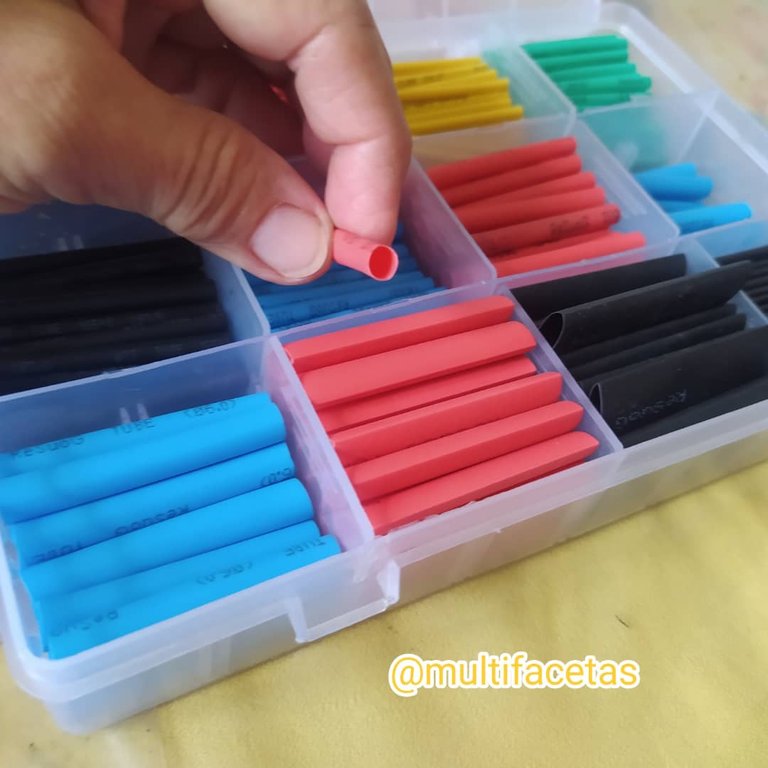Saludos comunidad HiveDiy.
En esta oportunidad les hablaré sobre la importancia de utilizar aislantes termoencogible en el interior de los circuitos donde se encuentran cables y componentes con cubiertas desnudas.
La idea de hablar sobre este tema surgió cuando tuve que reparar una plancha de cabello Remington.
Greetings HiveDiy community.
In this opportunity I will talk to you about the importance of using heat shrink insulation inside the circuits where there are wires and components with bare sheaths.
The idea of talking about this topic came up when I had to repair a Remington hair straightener.
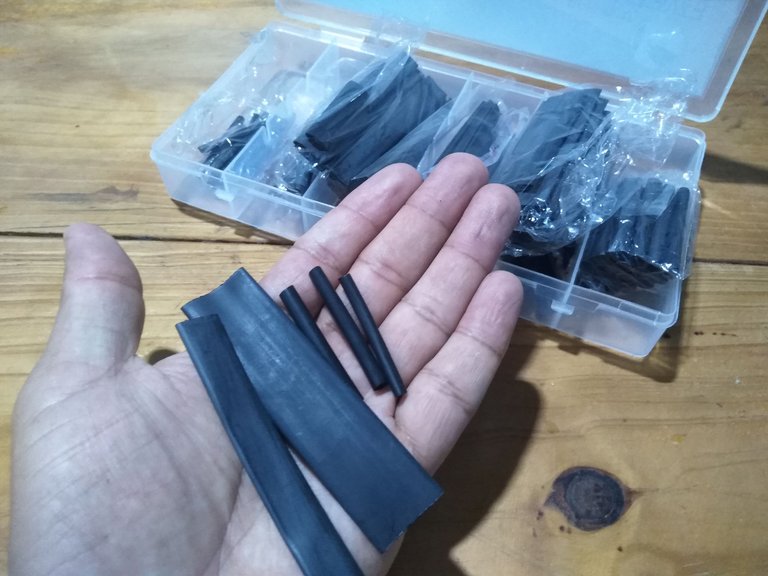
Resulta que la clienta me informó que se la habían reparado y de un momento a otro cuando la usaba sintió un chispazo en su interior.
Desde ese momento dejó de utilizarla y me la trajo. Al destapar la pude ver que habían empalmado unos cables de alimentación AC y los empalmes había sido aislados con trozos de cubierta de cables, pero eran muy anchos y estos se rodaban con facilidad.
It turns out that the customer informed me that it had been repaired and suddenly when she was using it she felt a spark inside.
From that moment on she stopped using it and brought it to me. When I uncovered it I could see that they had spliced some AC power cables and the splices had been insulated with pieces of cable sheathing, but they were very wide and these were easily rolled.
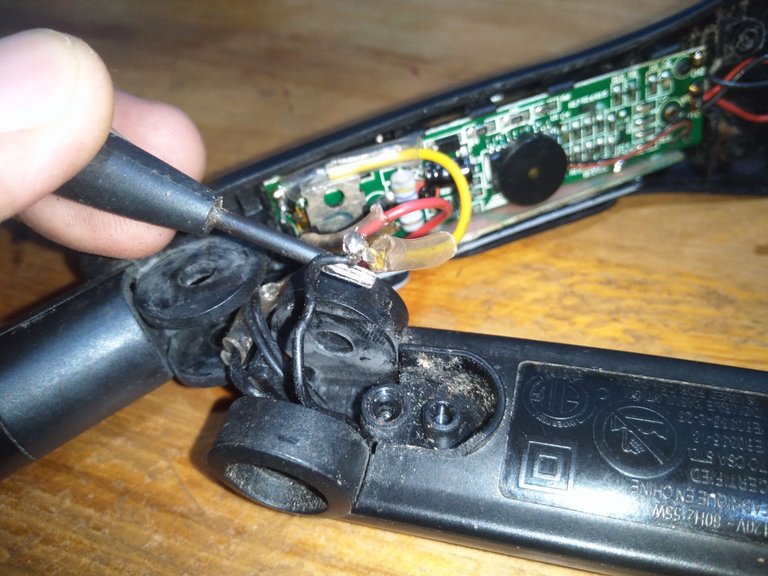
Para corregir el problema decidí reemplazar los cables que tenía porque estaban deteriorados.
Colocar cables más largos para maniobrar bien y a la vez para evitar empalmes indeseados.
To correct the problem I decided to replace the cables I had because they were deteriorated.
I placed longer cables to maneuver well and at the same time to avoid unwanted splices.

Los únicos empalmes que se harán con el cable nuevo serán los que se unirán a la placa de resistencia.
Aquí es donde entra el juego el termoencogible, ellos vienen de distintos diámetros, ideales para utilizarlos en una variedad de componentes.
En este caso utilizaré el grueso para cubrir el Triac, ya que tiene descubierta la parte posterior.
The only splices that will be made with the new wire will be the ones that will attach to the resistor plate.
This is where the heat shrink comes into play, they come in different diameters, ideal for use on a variety of components.
In this case I will use the thicker one to cover the Triac, since it has an uncovered back side.
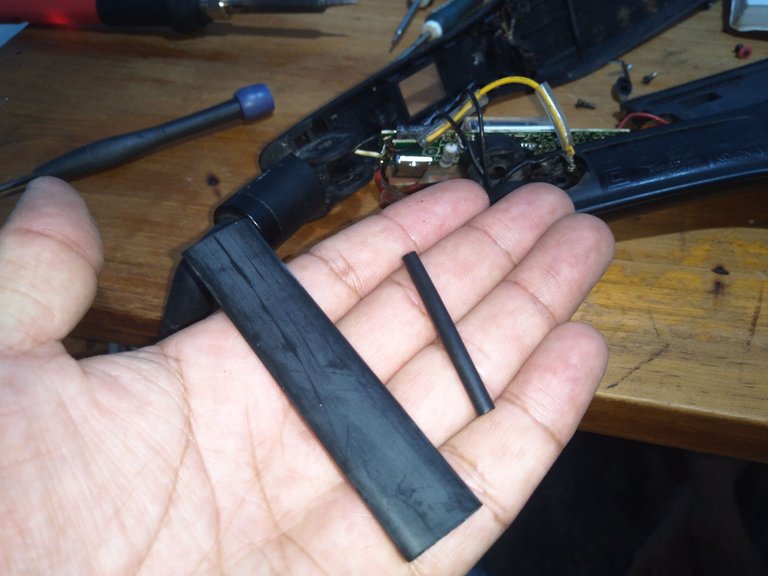
Aislar las partes que conducen corriente y pueden tener contacto directo con otros elementos es importante.
El termoencogible es muy práctico y se adhiere a la pieza al tener contacto con el calor, por esa razón no se realizará.
It is important to insulate the parts that conduct current and may have direct contact with other elements.
The heat shrink is very practical and adheres to the part when in contact with heat, for this reason it will not be used.
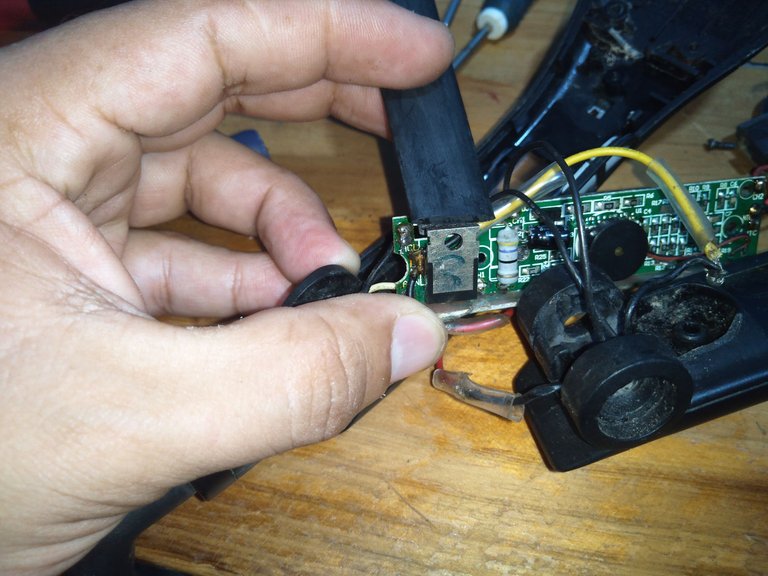
Aquí podemos ver cómo se encuentran aislados los cables y el Triac, todo aislado y ajustado.
Además pueden ver cómo estaban cubierto los cables reemplazados.
Here we can see how the wires and the Triac are insulated, all insulated and adjusted.
You can also see how the replaced wires were covered.

Ahora se puede maniobrar en forma segura el circuito de al destapar y tapar la plancha de cabellos.
Una vez armada la plancha ya la usuaria no tendrá temor de manipular la plancha porque en el interior del circuito no habrá nada que haga contacto, es decir; ya no habrá riesgo eléctrico.
Now the circuit can be safely maneuvered when uncovering and covering the hair straightener.
Once the iron is assembled, the user will no longer be afraid to handle the iron because there will be nothing inside the circuit that makes contact, i.e. there is no longer any electrical risk.
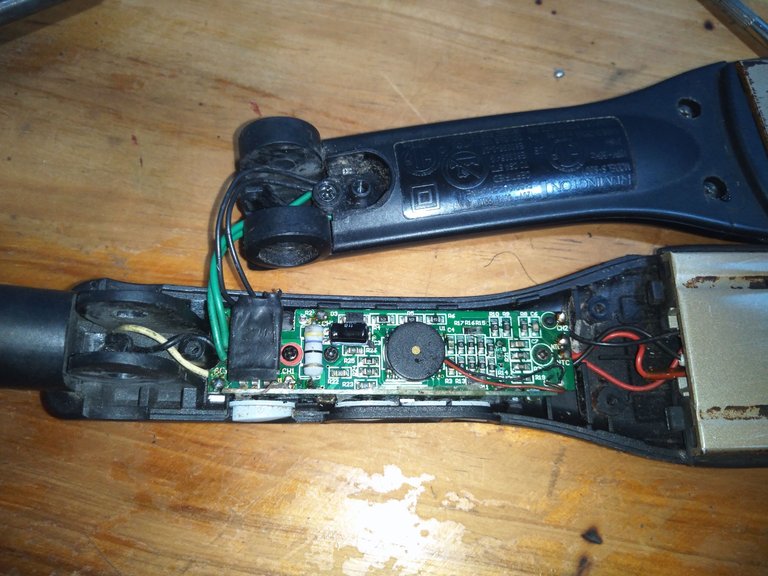
Considero que cuando vamos a realizar un trabajo técnico debemos de ser cautelosos, además de tener herramientas adecuadas para evitar las malas improvisaciones.
Sí se pueden utilizar cubiertas de cables para aialar porque lo he hecho, sien embargo trato de que esas cubiertas queden los más ajustadas posibles al conductor y si no lo hacen, le aplicó calor a la goma para luego presionarla y así queda ajustada.
I believe that when we are going to perform a technical work we must be cautious, in addition to having adequate tools to avoid bad improvisations.
Yes, cable covers can be used for cable routing because I have done it, however I try to make sure that these covers are as tight as possible to the conductor and if they do not, I apply heat to the rubber and then press it to make sure it is tight.
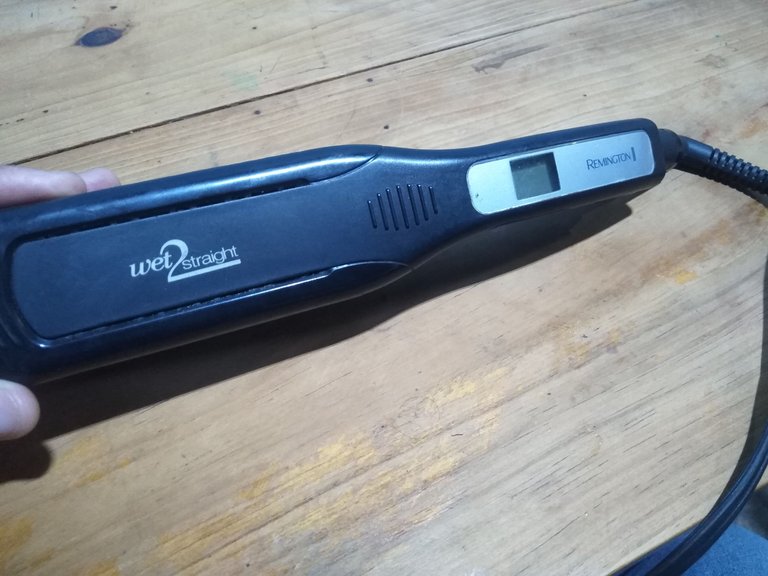
Una pequeña caja de termoencogibles solo cuesta 4 HBD, y se consigue en las ferreterías, te recomiendo adquirirlos, serían ideales para cualquier tipo de trabajo.
Espero te sirva de gran ayuda este artículo.
Todas las fotografías fueron tomadas con mí Smartphone Huawei Dub-Al00.
A small box of heat shrink only costs 4 HBD, and is available in hardware stores, I recommend you to buy them, they would be ideal for any type of work.
I hope you find this article helpful.
All pictures were taken with my Smartphone Huawei Dub-Al00.

